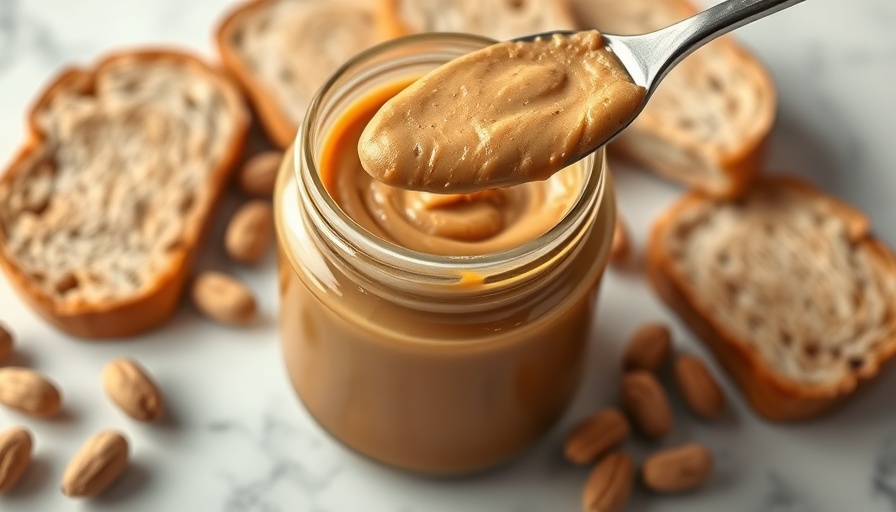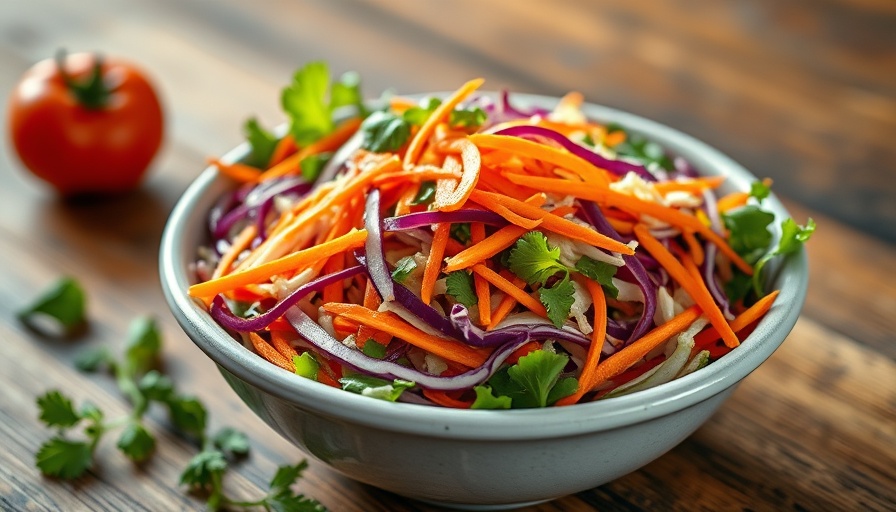
Transforming Leftovers into Culinary Magic with White Wine
Leftover white wine is more than just an afterthought—it's a versatile ingredient that can elevate your home cooking to new heights! A remarkable way to infuse flavor into your meals is by using that half-finished bottle of wine to steam your food. This technique not only adds delicious nuances but also preserves the vibrancy of the wine, ensuring you get the most out of every drop.
Why Steaming with Wine Works Wonders
Steaming may be known for maintaining the tender integrity of your food, but it's often criticized for its blandness. Enter white wine: adding it to the steaming liquid transforms the experience. As the wine heats up, it releases delicate tasting notes that permeate seafood and vegetables alike. Imagine shrimp steaming over a bed of wine with hints of citrus and herbs, or asparagus whispering the flavors of a crisp chardonnay. You’re not just cooking; you’re creating an experience ripe with flavor, nutrition, and sophistication.
Easy Steps for Flavorful Wine Steaming
Cooking with leftover wine doesn’t require any high-tech gadgets or intricate recipes. Simply heat your wine in a pot, and place your steaming basket above the simmering liquid. Whether you’re working with fish, shellfish, or seasonal vegetables, you’ll achieve culinary results that not only satisfy your palate but also keep your dinner guests guessing. Why slapdash when you can impress?
Beyond Seafood: Unleashing Wine’s Full Potential
While seafood and veggies are natural companions for wine steaming, don’t limit yourself. This technique is flexible! Consider steaming meats or grains with a splash of wine to add a depth that ordinary cooking methods might overlook. A juicy chicken breast becomes juicy and infused with flavor, while grains absorb the aromatic essence of the wine, transforming them into a culinary canvas. The combinations are endless!
Practical Cooking Tips to Enhance Your Skills
1. Mix and Match: Experiment with different types of white wine. A tangy Sauvignon Blanc may work wonders with your mussels, while a buttery Chardonnay might complement roasted root vegetables perfectly.
2. Know Your Flavors: Learn to pair your proteins and vegetables with the wine’s notes for a cohesive dish. A hint of lemon in your dish might go splendidly with a crisp Pinot Grigio.
3. Cook Smart: Use a steamer basket, or improvise with a foil setup if you’re short on kitchen gear. What matters is that your food experiences the fabulous essence of the wine without touching it directly.
Plan Ahead and Make It a Habit
Don’t wait until the last minute to use up your leftover wine; incorporate this practice into your regular meal prep. Keep in mind that opened bottles of wine lose their optimal flavor within just a few days. Therefore, incorporating it into your steaming routine not only reduces waste but also retains the quality and freshness of your meals.
Conclusion: Unleash Your Culinary Creativity
Using leftover white wine to steam your food can fundamentally change how you cook and enjoy your meals. With a little creativity and willingness to experiment, you’ll discover that each bottle of wine has the potential to enhance your cooking repertoire. So, next time you find yourself with extra wine from dinner, don’t let it go to waste—turn it into a flavor-booster for your next culinary adventure. Your taste buds (and wallet) will thank you!
 Add Row
Add Row  Add
Add 



Write A Comment